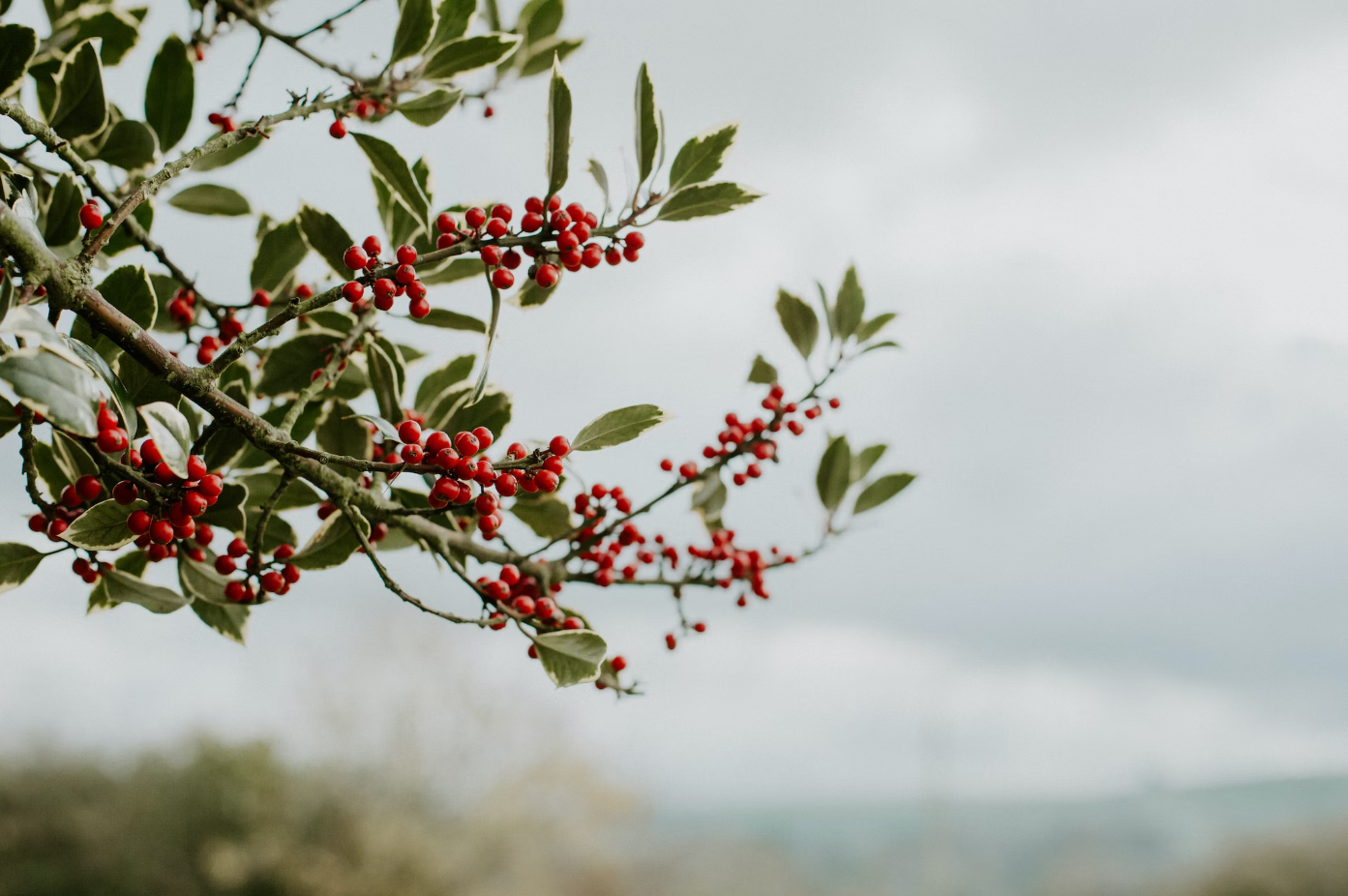Seeking Patterns: Noah in the Garden
Last week we dug into making connections to the 7-day creation narrative in Genesis 1 and the flood story. Where better to move forward than with the Garden story of Genesis 2-3.
In Genesis 2, we get a more detailed narrative, with specific locations and characters, unlike the “big-picture” narrative of Genesis 1. After creating the earth, God plants a garden in a region called Eden, then creates a human from dirt and breathes life into them. Then “God took the man and placed him in the garden of Eden to work it and watch over it.” The man is told that he can eat from any tree, except for the “tree of knowledge of good and evil,” and if he did eat from that tree, he would “certainly die.” God then creates the animals, and eventually takes a side of the man to create a woman.
Of course, Genesis 3 is a direct continuation of Genesis 2. In the garden of Eden, a snake approaches the woman, and puts doubt into her mind about what God told the man about eating from “tree of knowledge of good and evil.” Next, “the woman saw that the tree was good for food and delightful to look at, and that it was desirable for obtaining wisdom. So she took some of its fruit and ate it,” giving some of it to her husband as well. Immediately their eyes were open, and felt shame knowing they were naked (when previously “Both the man and his wife were naked, yet felt no shame”). God then finds out what had happened, and curses the serpent and the earth because of what has happened. So what parallels do we see between the story of Noah and Genesis 2-3?
Last week we discussed how the parallels between creation in Genesis 1 and the flood receding in Genesis 8 imply that God’s intent with the flood was re-creation. He destroyed the world to create a new world, right? Well, who is the first man in the new world, which everybody is descended from? Noah. Who was told to “be fruitful and multiply?” Noah. Who did God give authority over the earth? That’s right, Noah. Noah is intentionally presented as a new Adam. With that understood, let’s walk through the narrative of Genesis 9, and see how Noah continues to walk in Adams footsteps.
After making Adam, God had a task for him. “The Lord God took the man and placed him in the garden of Eden to work it and watch over it.” Adam worked the land by tending this garden. What is the very next thing Noah does after making a covenant with God? He “began by planting a vineyard.” Both Adam and Noah, were gardeners of fruit trees (vines and trees were both Etz – עֵץ, the hebrew word for tree, wood, etc). To spend all your days tending to fruit trees alongside God seems like a pretty good way to live life if you ask me.
So what happens next in these gardens? The fruit is consumed. In Eden, the woman “took some of its fruit and ate it; she also gave some to her husband, who was with her, and he ate it. Then the eyes of both of them were opened, and they knew they were naked.” In Noah’s vineyard “he drank some of the wine, became drunk, and uncovered himself inside his tent. Ham, the father of Canaan, saw his father naked and told his two brothers outside.” In both cases, after consuming the fruit of the garden, their nakedness was made known.
Now realizing they were naked, Adam and Eve “sewed fig leaves together and made coverings for themselves.” Noah, still being drunk and unconscious, wasn’t able to cover himself, but his other children “Shem and Japheth took a cloak and placed it over both their shoulders, and walking backward, they covered their father’s nakedness.” In both instances, their nakedness is covered after being revealed.
After Adam and Eve cover themselves, God finds and questions Adam, Eve, and the serpent that had deceived them. God then pronounces curses to the serpent. He tells the serpent “I will put enmity between you and the woman, and between your offspring and her offspring.” God doesn’t only curse the serpent, but also its offspring, claiming that the offspring of the woman will forever be enemies with the offspring of the serpent. In Genesis 9, we see something similar. “When Noah awoke from his drinking and learned what his youngest son had done to him” he pronounced curses to Ham’s offspring, Canaan. Noah says that Canaan “will be the lowest of slaves to his brothers.” Once again, both curses result in enmity.
We could go on with more parallels, but I think my point has been made (and these past few articles have been too long!). The Bible constantly repeats itself with parallel stories, patterns, character archetypes, symbols, and more. The way these ancient authors communicated was so incredibly sophisticated, and by reading these stories at face value we do not do them the justice they deserve. By digging deep into these passages, meditating on them, and interpreting them in light of other parts of the Bible, you begin to get a more robust picture of what the author may have been trying to communicate to their readers. I hope this series on the flood has helped illuminate that for you.
Next week’s article will finish off the series on the flood. In it we will connect Noah’s story to one final Bible story from Genesis 19 – the story of Sodom and Gomorrah
Matt




